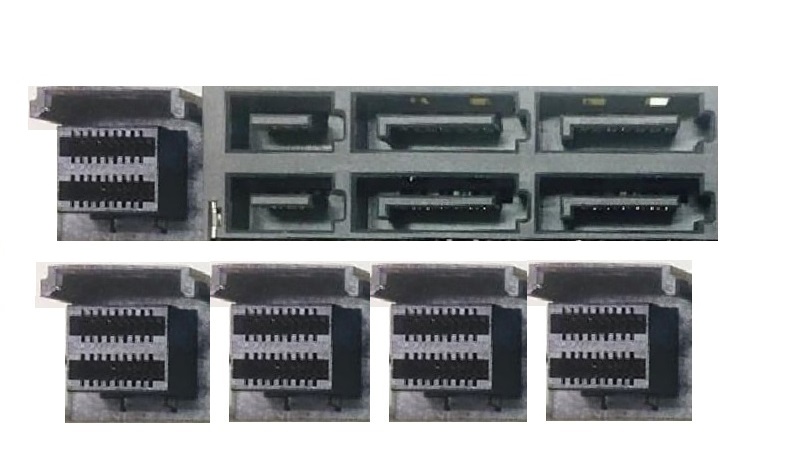Very good answer: thanks.
There is a feasible solution, particularly for workstation users (my focus)
in a PCIe 3.0 NVMe RAID controller with x16 edge connector, 4 x U.2 ports,
and support for all modern RAID modes e.g.:
http://supremelaw.org/systems/nvme/want.ad.htm
4 @ x4 = x16
This, of course, could also be implemented with 4 x U.2 ports
integrated onto future motherboards, with real estate made
available by eliminating SATA-Express ports e.g.:
http://supremelaw.org/systems/nvme/4xU.2.and.SATA-E.jpg
This next photo shows 3 banks of 4 such U.2 ports,
built by SerialCables.com :
http://supremelaw.org/systems/nvme/A-Serial-Cables-Avago-PCIe-switch-board-for-NVMe-SSDs.jpg
[
Dell and HP have announced a similar topology
with x16 edge connector and 4 x M.2 drives:
http://supremelaw.org/systems/nvme/Dell.4x.M.2.PCIe.x16.version.jpg
http://supremelaw.org/systems/nvme/HP.Z.Turbo.x16.version.jpg
Kingston also announced a similar Add-In Card, but I could not find
any good photos of same.
And, Highpoint teased with this announcement, but I contacted
one of the engineers on that project and she was unable to
disclose any more details:
http://www.highpoint-tech.com/USA_new/nabshow2016.htm
RocketStor 3830A –
3x PCIe 3.0 x4 NVMe and 8x SAS/SATA
PCIe 3.0 x16 lane controller;
supports NVMe RAID solution packages for Window and Linux storage platforms.
Thanks again for your excellent response!
MRFS





